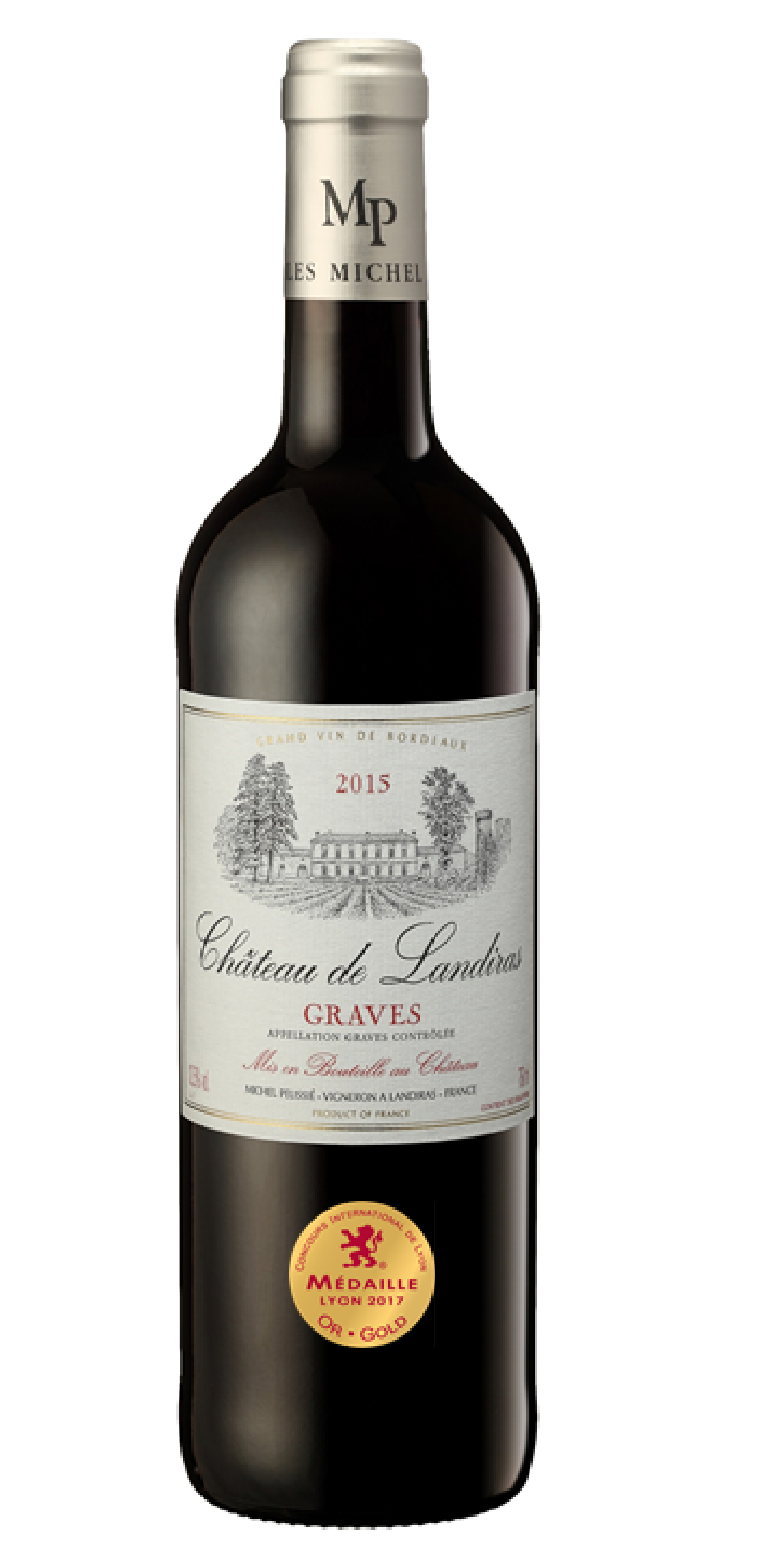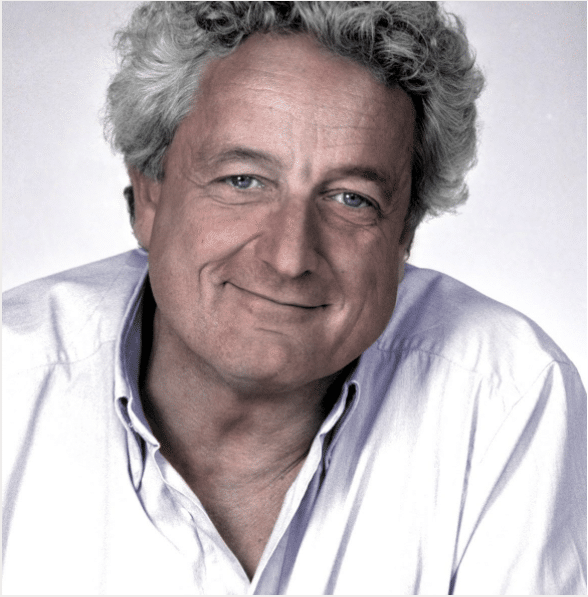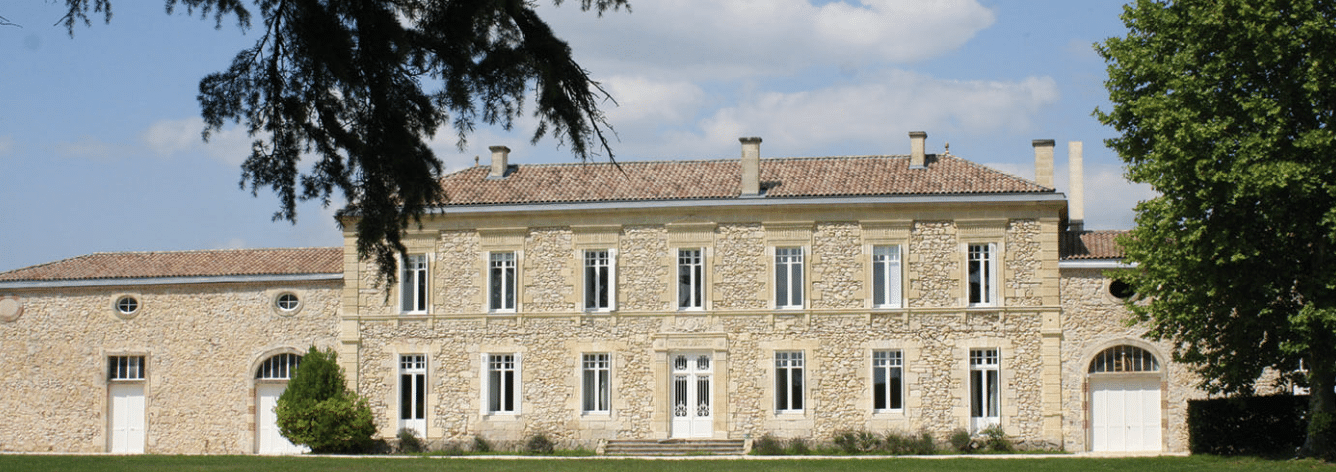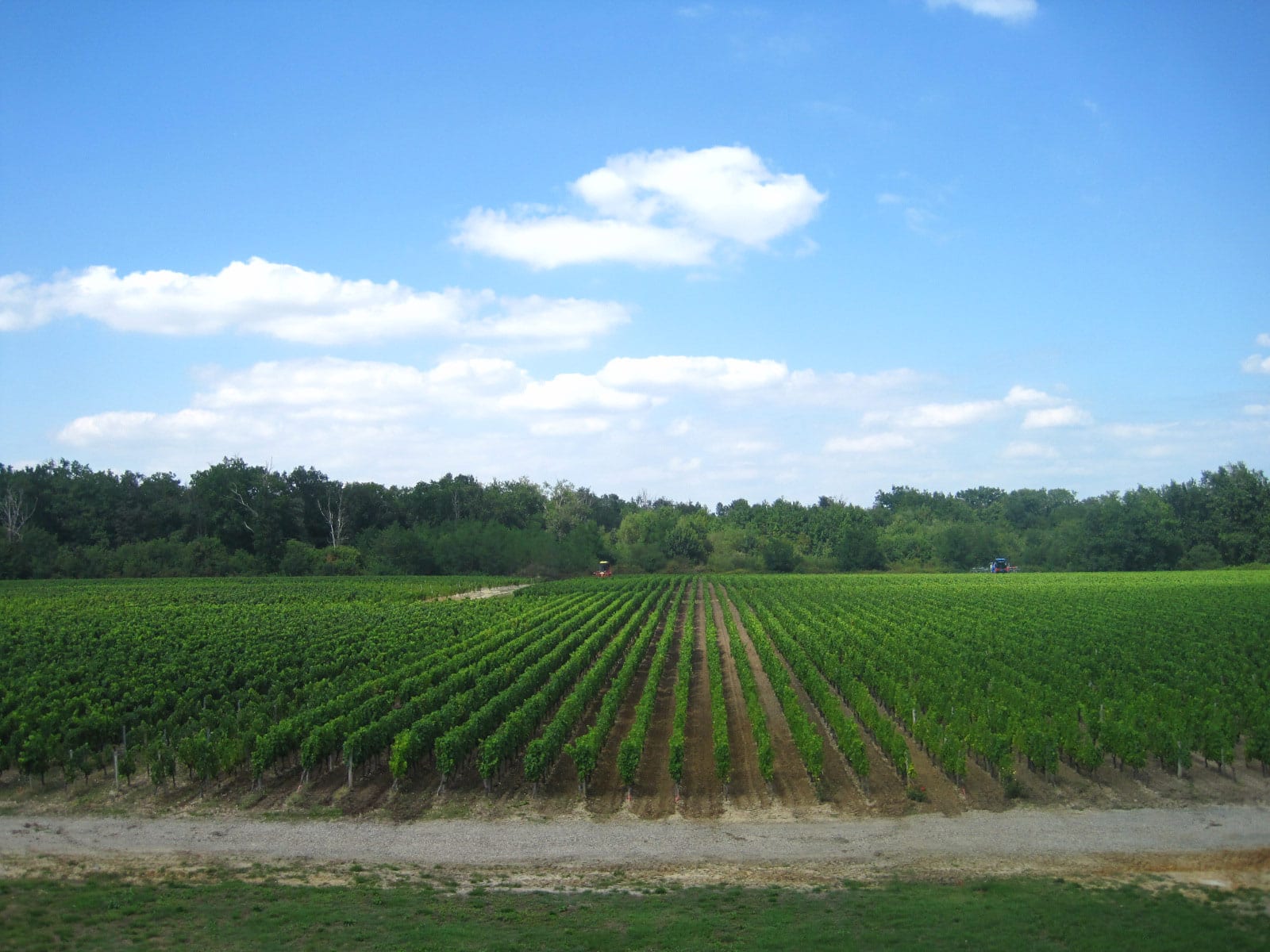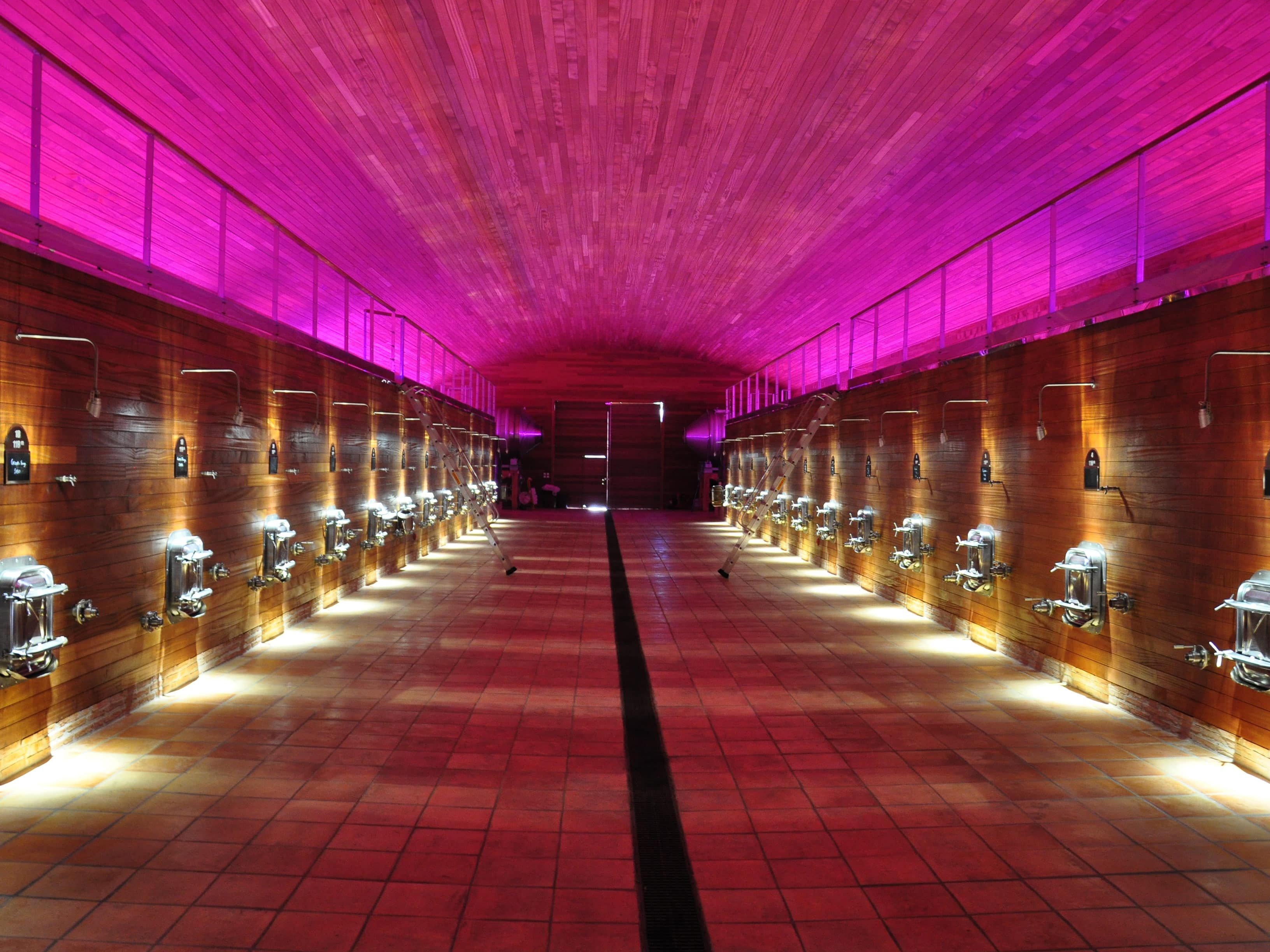Château Landiras
The history of Château Landiras dates back to the 12th century when William the Templar, Archbishop of Bordeaux bought Landiras lands. In 1306, the castle is rebuilt on the ruins of the fortress erected by the Lords of Landiras. During the seventeenth century, the Château became the residence of its most emblematic owner through the ages: Saint Joan of Lestonnac, canonized by Pope Pius XII in 1949. This visionary devoted a part of his life to the education of young people girls beyond the only maternity project. For this purpose, she created the Company of Mary Our Lady of which she becomes the superior mother. It is for this reason that the property remains a place of pilgrimage. When he arrived in 2007, Michel Pélissié imagined Château Landiras as a wine-growing place but also as a field dedicated to culture. Thus, Château Landiras, beyond the wine production is an emblematic cultural site of the region.
The terroir of Château Landiras is made of beautiful white gravestones typical of the region. The estate covers 100 hectares including 51 vines planted in 75% Merlot and 25% Cabernet Sauvignon. The land is worked in a traditional way to raise high quality wines. Harvesting is done mechanically using the latest generation tools. Thanks to a plot selection and a fermentation in thermo-regulated vats, the wines of the property come from an assembly of constant quality from year to year. For the vinification, Michel Pélissié decided to make important investments to obtain wines of the best possible quality. Thus, the cellar was entirely rebuilt and modernized from plans imagined by the owner. This vat registers the vinification of the Château in the purest Bordeaux tradition. The red wine of Château Landiras begins its fermentation in the reduced tanks of the main cellar. It is then aged in oak barrels for 12 months.
At the tasting, Château Landiras offers a sustained color, a nose of ripe fruit, spices, chocolate and vanilla. In the mouth, the attack is sweet and the finish is on tannins well melted.

